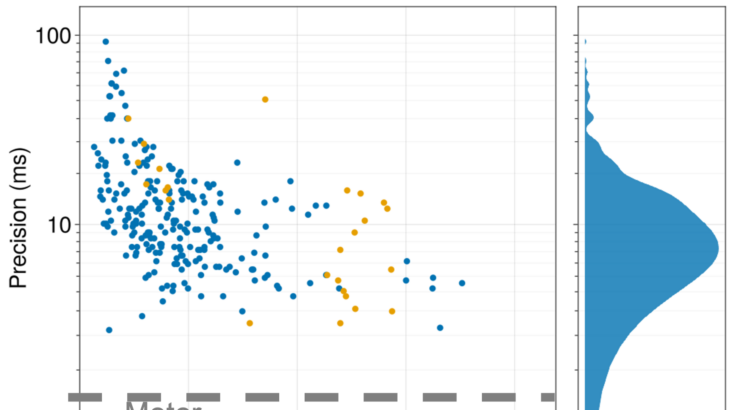Using information theory, we’ve seen that the flight motor program of moths such as Manduca sexta is temporally precise to a millisecond scale. But where does this temporal precision come from, given it can potentially take tens of milliseconds for any signal from the brain to reach a flight muscle? In this study we’ve developed techniques to simultaneously record from many neurons carrying information between the brain and the body while also recording a spike-resolution, comprehensive flight motor program in a behaving animal. Using new information-theoretic estimation techniques, we can measure how much information descending neurons carry about the motor program, and on what timescale. This allows us to determine whether motor program precision could arise from the central nervous system, or if peripheral sensory information and computations are required to generate the highly agile and precise motor program we see in bombycoid moths.
